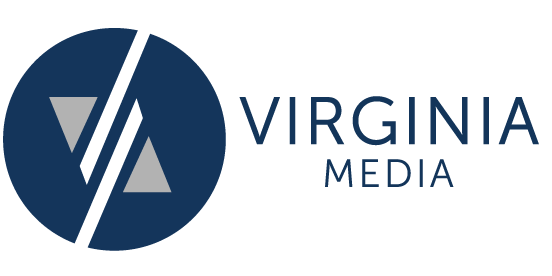Search Engine Marketing or SEM is by far, one of the most effective ways to reach new customers and grow your business. While it’s critical you utilize organic methods to attract traffic over the long-term, sometimes, you can’t properly compete on the Search Engine Results Page without putting money behind it — and that’s where SEM comes into play.
35% of product searches start on Google, and the average search lasting less than a minute. It’s crucial that your business appear at the top of a search when a user is looking for it. Organically, this isn’t always possible, especially when other businesses are paying for their company to appear above yours. This is when SEM plays such a critical role in a digital marketing strategy.
So what’s the best strategy?
Getting your business online is an ongoing effort that requires different strategies depending on your goals. SEM is made up of both Search Engine Optimization (SEO), particularly keywords, and Pay-Per-Click (PPC) campaigns. Using both strategies can drive traffic to your website, blog, or other digital assets you have. While both strategies can direct traffic, they have different features. For maximizing your budget and to get the best ROI, you want to use the best strategies possible.
SEO vs. PPC
SEO is about building a strong content strategy that earns you more attention through-out time. It’s a long-term investment, with a lower cost and slower rate of results. As your site builds more authority over time, that authority applies to other content you post on your site, giving you more credibility with search engines. Your SEO-optimized pages create an even traffic flow.
Combining all your digital assets with SEO best practices should be part of your standard practice for every piece of digital content your company publishes online.
Whereas, a PPC campaign is a set-time campaign that may have higher upfront costs, but produces quick results. A good PPC campaign should be produced around a keyword strategy, similar to SEO. However, the PPC campaign only brings in returns for the period of time the campaign is running. There is no long-term exponential growth or benefits. This doesn’t mean PPC doesn’t have its role to play in getting your business found online. It just means you need to narrow your target of promoted content.
When is SEO Right and How Do You Use It?
The answer to “when” is always. As mentioned earlier, SEO is the will push your website higher and higher in the search engine results page.
Of course, getting a high ranking for any business won’t be easy if your business is a competitive term, like “Culinary School”. But really, you don’t want to since that keyword is was too broad. Your strategy will return the most relevant results if work with long-tail keywords (LTKs) that are queries containing the language readers use to search for what they want. The more pertinent your long-tail keywords are to what your company does, the more interested and qualified potential customers you will attract.
When is PPC Right and How Do You Use It?
While SEO is on-going, PPC is more calculated and tactical. Because a PPC campaign only runs as long as you set the ads to run, you want to use a solid strategy when you want to promote something specific. This could be for a sale or promotion or registration for an event or enrollment in a program that you offer.
Choose your keywords and content appropriately. Use this PPC ad calculator from HubSpot to find out if using a PPC campaign makes sense for a specific campaign and budget.
In short: having a strategy that distinguishes between a campaign that is “always-running” (SEO), and one that is reserved for “special products/promotions” (SEM) makes for a great online digital strategy.
Virginia Media’s digital agency has a dedicated team of Google Premier digital specialists to help you create the strategies to promote your brand online. Let us know how we can help.

